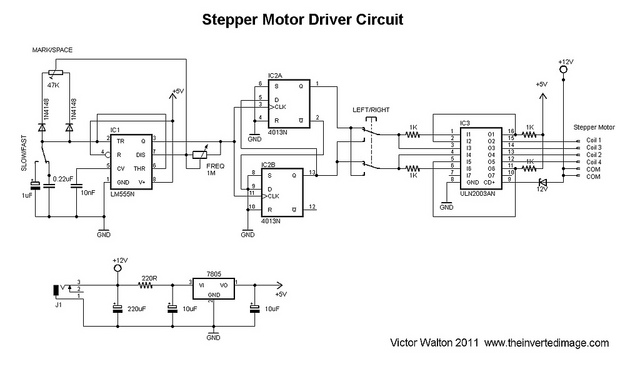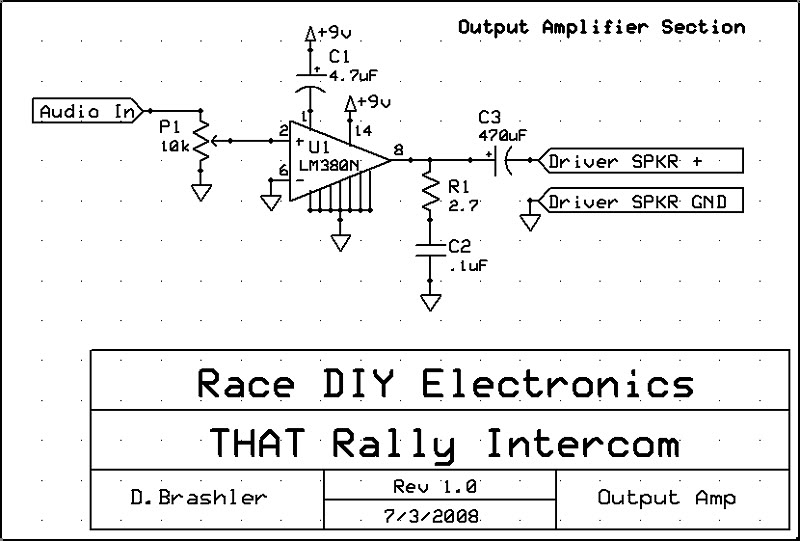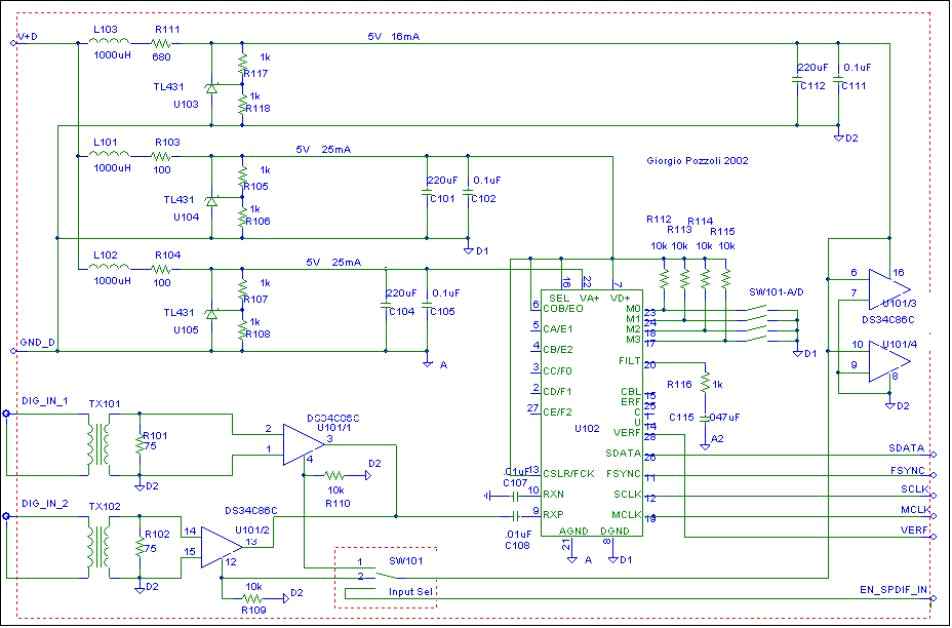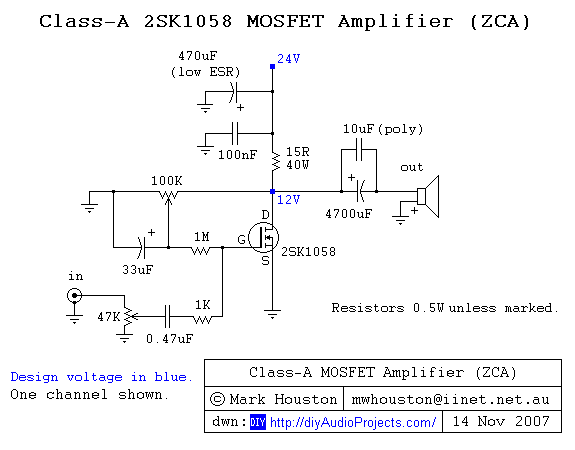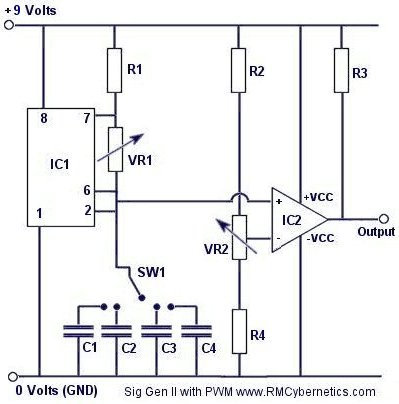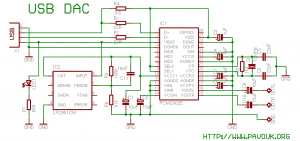
DIY Homemade Kirlian Photographs
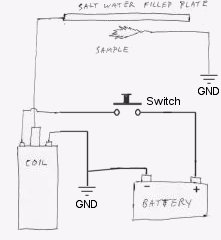
Instructions for constructing a simple Kirlian effect camera to capture high voltage corona discharges around objects, also referred to as aura photography.
The Kirlian effect is a phenomenon where high voltage electrical discharges create a visual representation of the energy field surrounding an object, often referred to as its "aura." To build a Kirlian effect camera, several key components and steps must be considered.
The primary components required are a high-voltage power supply, a transparent conductive surface (such as a glass plate coated with a conductive material), a camera capable of long exposure times, and a suitable grounding mechanism.
1. **High-Voltage Power Supply**: A transformer or a high-voltage power supply capable of generating voltages in the range of 10kV to 30kV is necessary. This power supply should be equipped with safety features to prevent accidental shocks.
2. **Conductive Surface**: The glass plate should be coated with a conductive layer, such as aluminum foil or a thin conductive paint. This layer will allow the electrical discharge to occur when an object is placed on top of it.
3. **Camera Setup**: A digital or film camera must be positioned above the glass plate. If using a digital camera, ensure it has the capability for manual settings to adjust exposure time, as longer exposures will capture the intricate details of the corona discharge.
4. **Grounding**: The system must be grounded properly to ensure safety and to provide a return path for the electrical current. This can be accomplished by connecting the conductive surface to a grounding rod or a grounded electrical outlet.
5. **Photographing Process**: To capture the Kirlian effect, place the object of interest on the conductive surface and activate the high-voltage power supply while triggering the camera to take a long exposure photograph. The electrical discharges will create a colorful aura around the object, which will be recorded by the camera.
Safety precautions must be strictly observed when working with high voltages. It is essential to ensure that all connections are secure and that the working area is clear of any conductive materials that could cause accidental discharges. Proper insulation and protective gear, such as gloves and goggles, should be used to minimize the risk of electrical shock.
By following these guidelines, a Kirlian effect camera can be constructed to explore the fascinating interplay between electricity and the visual representation of energy fields around objects.How to make a simple kirlian effect camera for photographing high voltage corona around objects. Otherwise known as aura photography.. 🔗 External reference
The Kirlian effect is a phenomenon where high voltage electrical discharges create a visual representation of the energy field surrounding an object, often referred to as its "aura." To build a Kirlian effect camera, several key components and steps must be considered.
The primary components required are a high-voltage power supply, a transparent conductive surface (such as a glass plate coated with a conductive material), a camera capable of long exposure times, and a suitable grounding mechanism.
1. **High-Voltage Power Supply**: A transformer or a high-voltage power supply capable of generating voltages in the range of 10kV to 30kV is necessary. This power supply should be equipped with safety features to prevent accidental shocks.
2. **Conductive Surface**: The glass plate should be coated with a conductive layer, such as aluminum foil or a thin conductive paint. This layer will allow the electrical discharge to occur when an object is placed on top of it.
3. **Camera Setup**: A digital or film camera must be positioned above the glass plate. If using a digital camera, ensure it has the capability for manual settings to adjust exposure time, as longer exposures will capture the intricate details of the corona discharge.
4. **Grounding**: The system must be grounded properly to ensure safety and to provide a return path for the electrical current. This can be accomplished by connecting the conductive surface to a grounding rod or a grounded electrical outlet.
5. **Photographing Process**: To capture the Kirlian effect, place the object of interest on the conductive surface and activate the high-voltage power supply while triggering the camera to take a long exposure photograph. The electrical discharges will create a colorful aura around the object, which will be recorded by the camera.
Safety precautions must be strictly observed when working with high voltages. It is essential to ensure that all connections are secure and that the working area is clear of any conductive materials that could cause accidental discharges. Proper insulation and protective gear, such as gloves and goggles, should be used to minimize the risk of electrical shock.
By following these guidelines, a Kirlian effect camera can be constructed to explore the fascinating interplay between electricity and the visual representation of energy fields around objects.How to make a simple kirlian effect camera for photographing high voltage corona around objects. Otherwise known as aura photography.. 🔗 External reference
